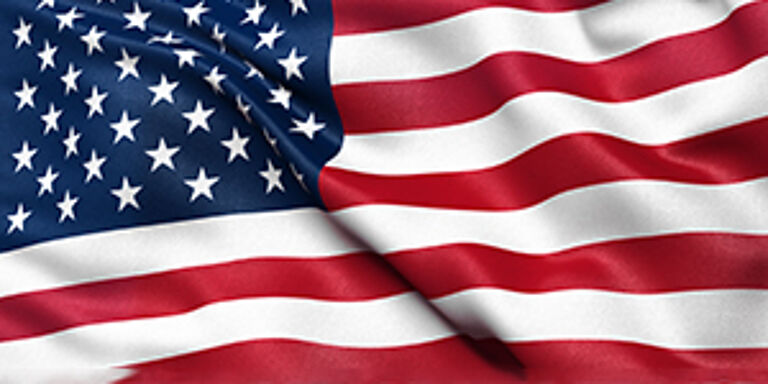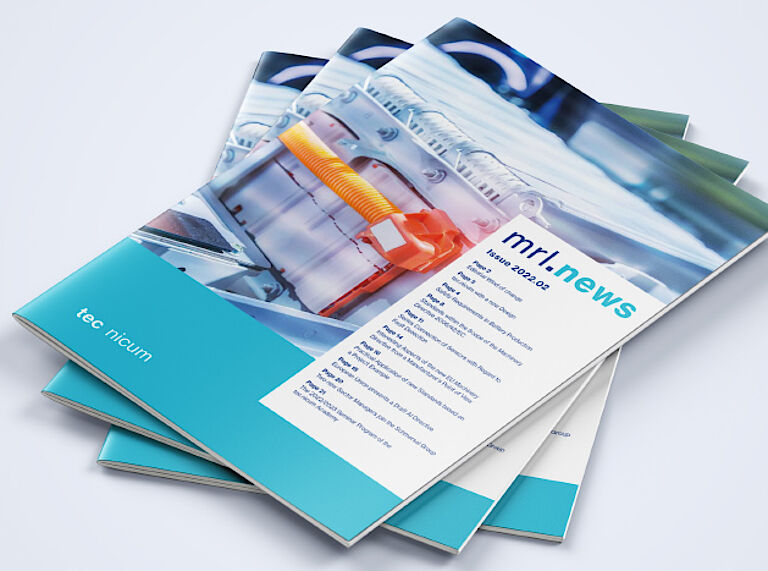
US Standards
In the United States, the Occupational Health and Safety Administration, a division of the Department of Labor, (OSHA) is the primary regulatory agency for safety and health, setting national standards and providing for the enforcement thereof. OSHA also relies on consensus standards created by standards-making organizations, trade associations, and third party testing facilities. In the machinery industry, these include: American National Standards Institute (ANSI), Robotics Industry of America (RIA), Instrument Society of America (ISA), National Fire Prevention Association (NFPA), Underwriters Laboratories, Inc. (UL).

Canadian Standards
In Canada, each province has its own regulatory body for occupational health and safety, such as the Ministry of Labour in Ontario. There are fourteen jurisdictions – one federal, ten provincial, and three territorial – each governing the way industrial safety is implemented and enforced in their specific province or territory. Federal legislation covers employees of the federal government and Crown agencies and corporations across Canada. In each province or territory, there is an act (typically called the Occupational Health and Safety Act, or something similar) which applies to most workplaces in that region.

European Standards
The European safety requirements for man and machine are established in the European Machinery Directive (EMD). According to the EMD, machinery must be designed and built to meet the Directive’s requirements as defined by existing and emerging European standards. These “European Norms”, prepared by representatives of the European Economic Community (EEC) member states and produced by the European standards committees CEN and CENELEC, provide a harmonized baseline for the design and construction of safe machinery.






